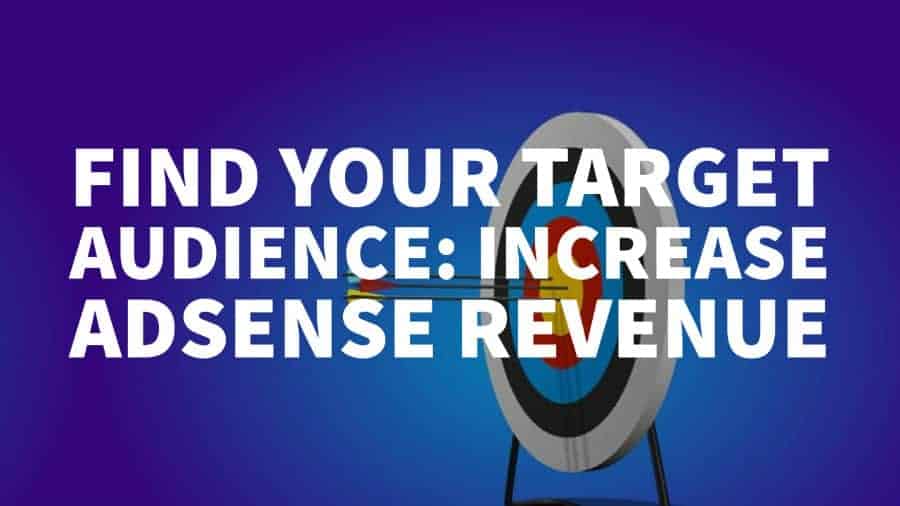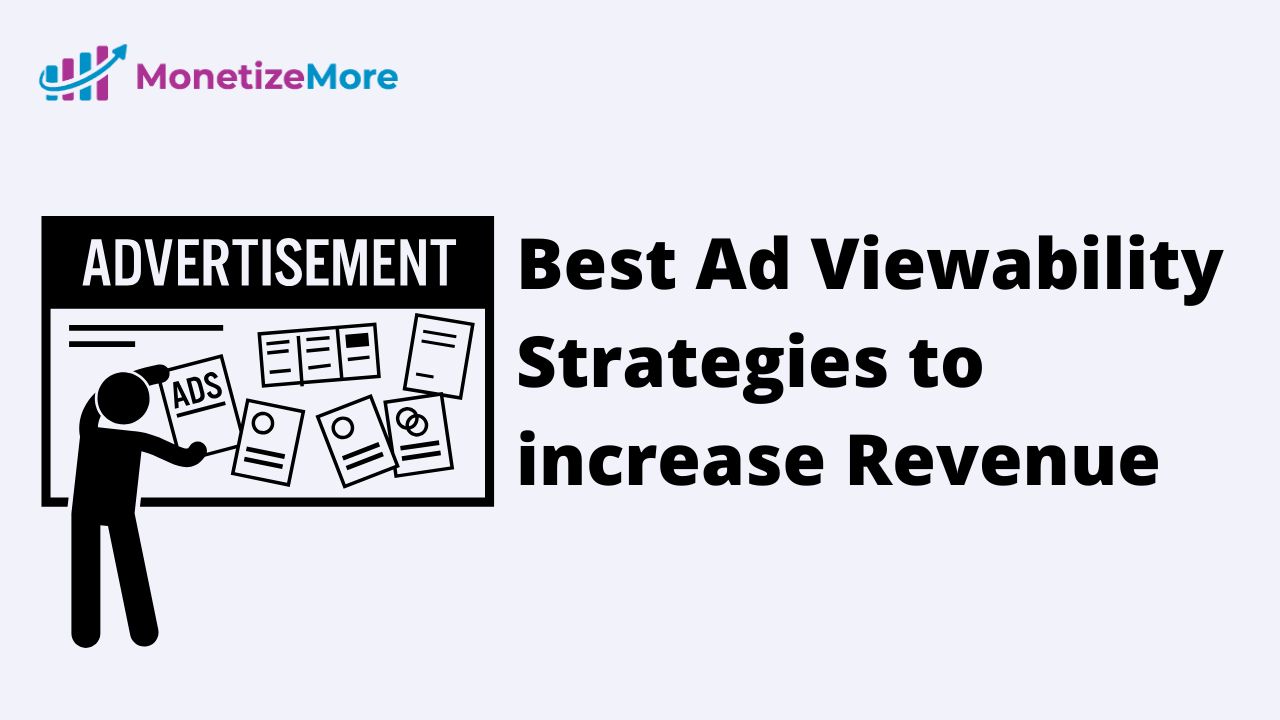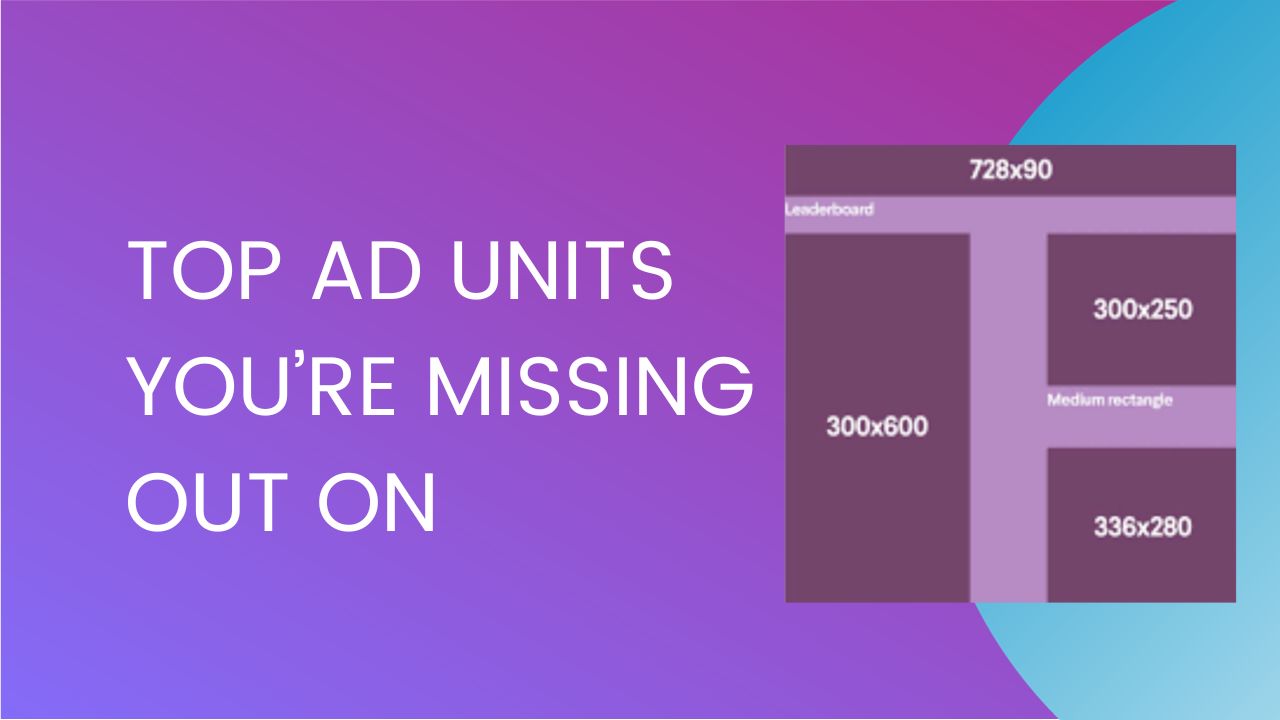
This post was most recently updated on September 6th, 2021
Ad pricing models often confuse new publishers and are the subject of many inquiries we receive here at MonetizeMore. Because they are so important, we’d like to address the significance and differences between each in this blog post.
 Answer: CPC stands for Cost Per Click and CPM for Cost Per Thousand Impressions.
Answer: CPC stands for Cost Per Click and CPM for Cost Per Thousand Impressions.
In this pricing model, publishers are only paid based on the number of ad clicks regardless of the number of impressions it took to receive those clicks. The number of clicks has always been an indicator of ad effectiveness since the inception of Internet advertising.
The CPM pricing model, on the other hand, stands for Cost per Mille (Cost per thousand impressions). Publishers are paid according to how many times the ad was shown.
This is commonly used by advertisers who wish to raise product awareness among consumers, but not necessarily to encourage them to purchase their product.
Advertisers looking to drive traffic to their websites prefer to pay for the click. They gain true value from the ad only when a visitor clicks through an ad and lands on their site. Paying only for those clicks, for most advertisers, (rather than impressions) is the most cost-effective solution.
For advertisers looking to increase brand awareness, but are not concerned about driving traffic to their site, aiming for impressions is the better strategy. Since the goal is to expose the ad to as many eyeballs as possible, paying per impression is more cost-effective.
Google Adwords allows for both CPC and CPM advertising for publishers. Advertisers will pay the publishers for every click on the ad, whether that ad is display or text. CPM is generally used for display advertising. With a CPM model, advertisers can set the CPM ads value to tell Google how much they are willing to pay for a thousand impressions.
 Answer: Ad Exchange publishers are paid based on eCPM.
Answer: Ad Exchange publishers are paid based on eCPM.
What does eCPM stand for? eCPM stands for “effective Cost per Mille” or “effective cost per thousand impressions”.
eCPM can also be found in AdSense reports and it is the value you get by calculating the ad revenue of a banner/campaign divided by the number of ad impressions that banner has acquired in units of 1000.
Here’s a closer look at the formula:
eCPM Formula: eCPM = Total AdSense Revenue/(Impressions/1000)
Note: It is also the CPM value you get when making CPC CPM convertions.
Formula: CPC * CTR * 1000
For publishers, eCPM is used as the universal standard of measurement in terms of revenue for the impressions sold. The higher the eCPM, the more money the publisher normally earns.
From the advertiser’s perspective, the total amount on an invoice represents their cost.
Having trouble understanding your ad revenue metrics like CPMs and CPCs? Partner up with Google Ad Manager experts to get expert analysis from our ad ops experts. Sign up for a Professional account at MonetizeMore today!
CPC stands for Cost Per Click and CPM for Cost Per Thousand Impressions.
It depends on the campaign goals advertisers have. Some want to focus on driving clicks, generating sales, or getting users to perform specific tasks such as signing up for a newsletter. In such cases, they prefer the CPC model. When advertisers want to increase their brand awareness and get as many as possible to see their ad, they prefer CPM ads. Both CPC and CPM models are available to advertisers on most major advertising platforms.
CPM = cost / impressions x 1000.
Related Reads:

Kean Graham is the CEO and founder of MonetizeMore & a pioneer in the Adtech Industry. He is the resident expert in Ad Optimization, covering areas like Adsense Optimization,GAM Management, and third-party ad network partnerships. Kean believes in the supremacy of direct publisher deals and holistic optimization as keys to effective and consistent ad revenue increases.



10X your ad revenue with our award-winning solutions.